-
How to design a cottage garden: Beginner plant guide
 Lee Burkhill: Award Winning Designer & BBC 1's Garden Rescue Presenters Official Blog
Lee Burkhill: Award Winning Designer & BBC 1's Garden Rescue Presenters Official Blog

Cottage gardens are becoming more popular in urban gardens as they are a magnet for wildlife. Cottage gardens are also suited well for small built-up spaces as they make the absolute most of the growing space both in the ground and with vertical planting.
If you're interested in cottage gardens and want to know if they're suitable for your garden space, then read on for more guidance on this wonderfully flower-rich design style!
This page contains affiliate links for products I use and love. If you take action (i.e. subscribe, make a purchase) after clicking a link, I may earn some gardening commission which helps me keep the Garden Ninja Blog free for all.
Cottage gardens originated in Elizabethan times in the UK. When workers would use their home's garden to grow edibles like fruit and vegetables or herbs. They also were sometimes used to keep livestock to help supplement the workers' meagre wages.
Making the best use of their small garden spaces. Growing decorative plants alongside edibles or livestock, such as honey bees, was commonplace, but even these 'pretty' flowers had a secondary use. As medicinal or scent to mask other odours. Pretty much everything served a function or use.
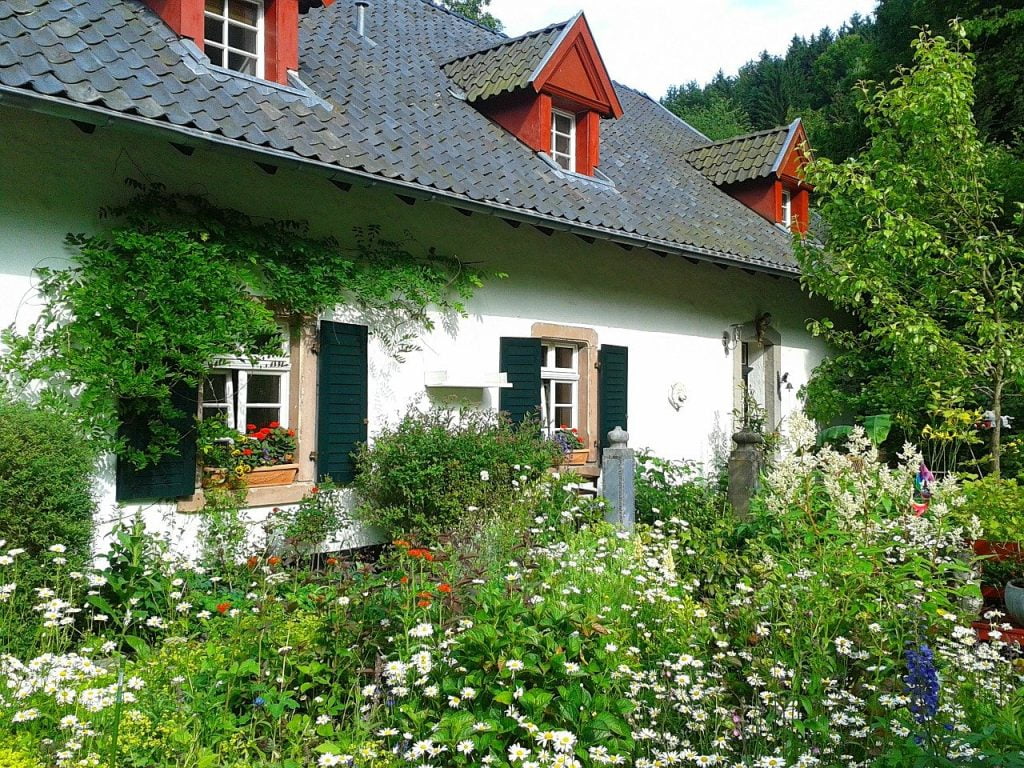
Cottage gardens are now more decorative than functional but keep their densely planted high-impact charm! These spaces are packed with scented flowering perennials and edibles that are a feast not just for the eyes but for the kitchen table.
Cottage gardens feature densely packed flower beds full of decorative plants, vegetables, herbs, and climbing plants. Every space in the garden is used for growing, accessing plants such as paths or making the most of vertical space by using arches and structures to grow plants up. They are usually informal rather than formal.
There is a certain charm to a cottage garden with a very relaxed flow of plants and little attention paid to colour blocking or sticking to set layouts. That is not to say they are lazy, far from it. Every plant in a cottage garden must earn its place and be able to compete with limited resources. Due to the array of plants and flowers, they are considered high maintenance both in harvesting, deadheading, and caring for such a mix of plants.
What I love about cottage gardens is the romance of having a very soft mixed planting palette. Every space is utilised either for plants or for navigating around the plants.
For me, cottage gardens are very plant-centric and designed for plant lovers. These rich plant schemes offer plenty of interest for plantaholics. It also means plenty of scope to improve your garden skills over the contrast of a low-maintenance modernist garden design scheme.
Did you know that you can take my course and learn how to become a Garden Ninja yourself? Click here for details
Cottage gardens usually utilise more naturalistic planting and materials, such as wood, clay pavers, bricks, or trellis made from willow. They are meant to complement the houses, not contrast with them. This is why you will rarely see shiny steel metals or glossy porcelain pavers in a true cottage garden design.
If you're looking for a cottage-style garden, then the following checklist should help ensure you're on the right track!
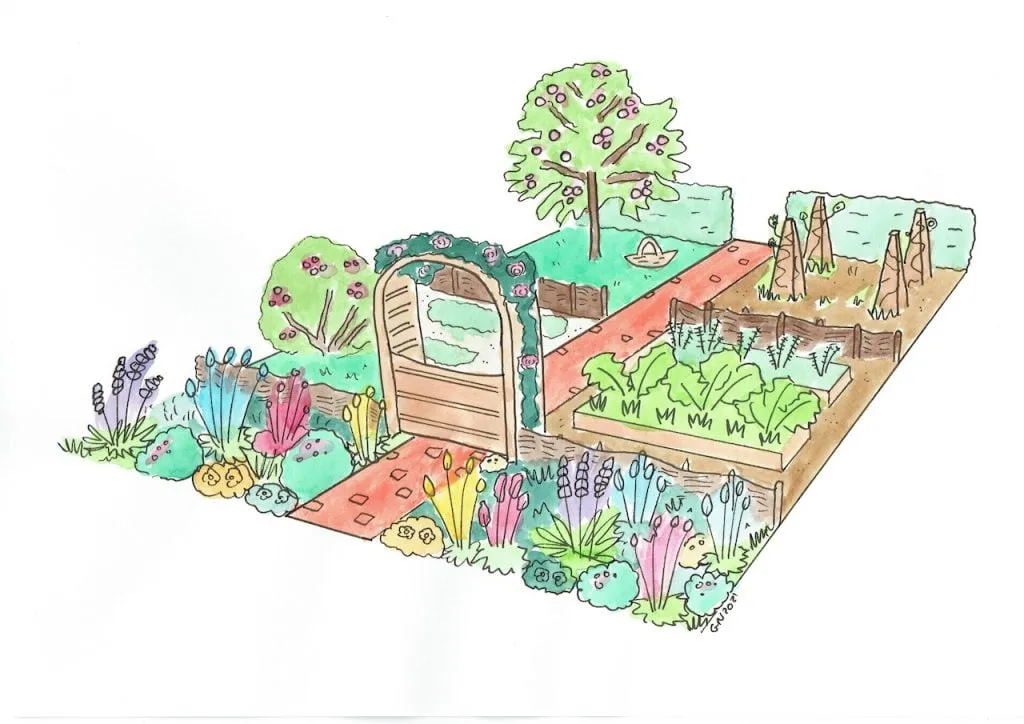
As discussed above, cottage garden plants vary hugely from growing your own edibles, decorative plants, medicinal and climbing plants. Perennial flowering plants were the most common due to their 'come again' each year nature.
Below is a common list of plants associated with the cottage garden style. Alternatively, Thompson & Morgan have a fantastic selection of mail-order plants to create your own cottage garden. (This is an affiliate link so if you do choose to buy receive a small commission that helps keep this blog free to use!)
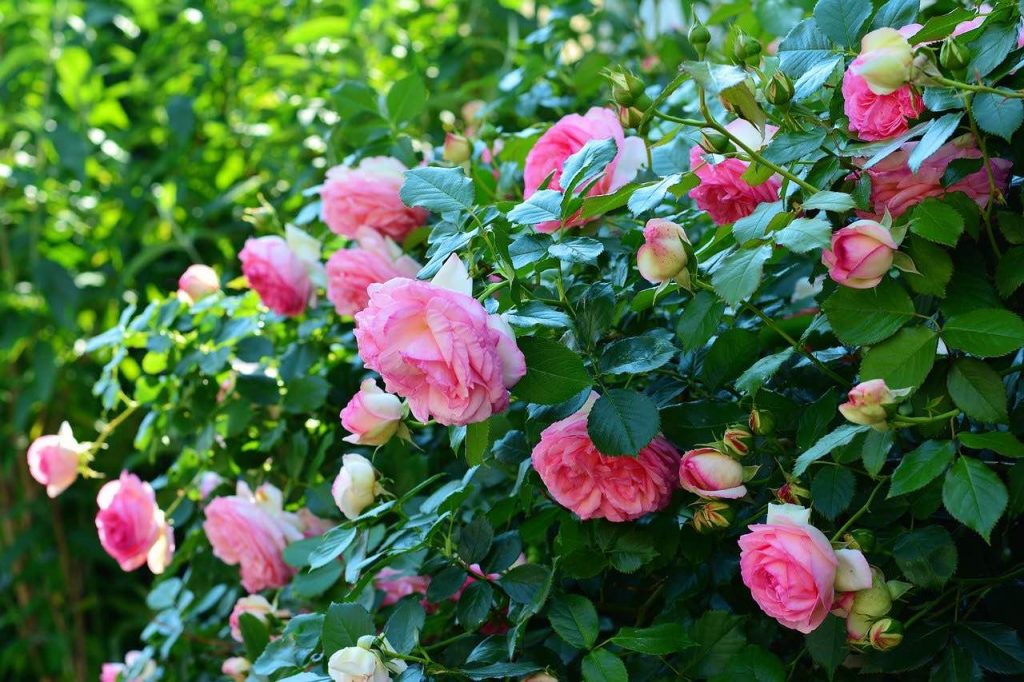
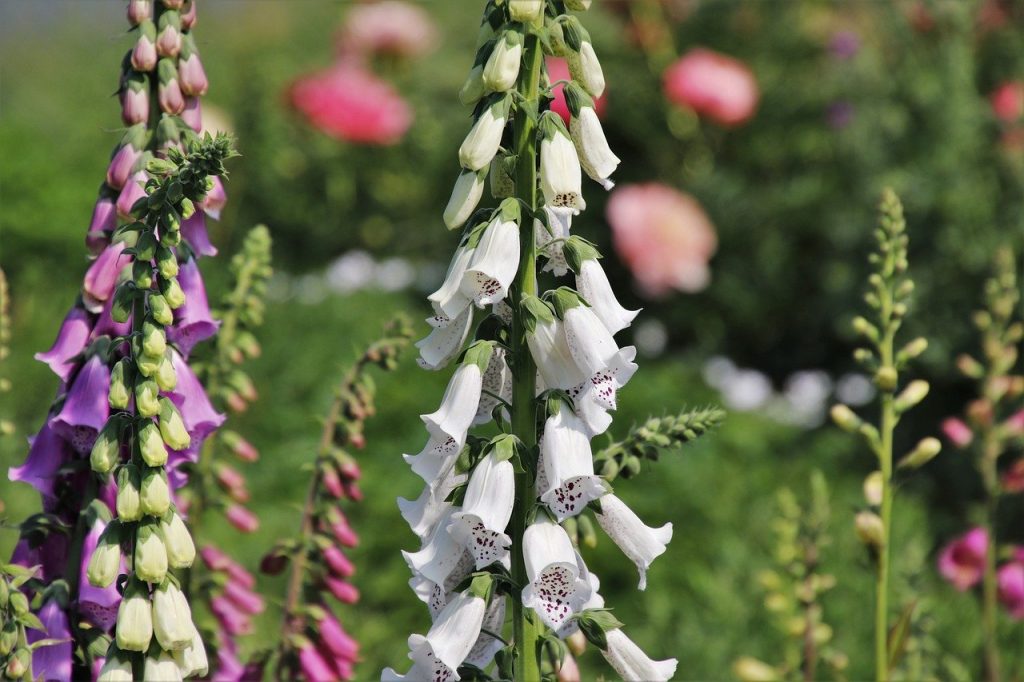
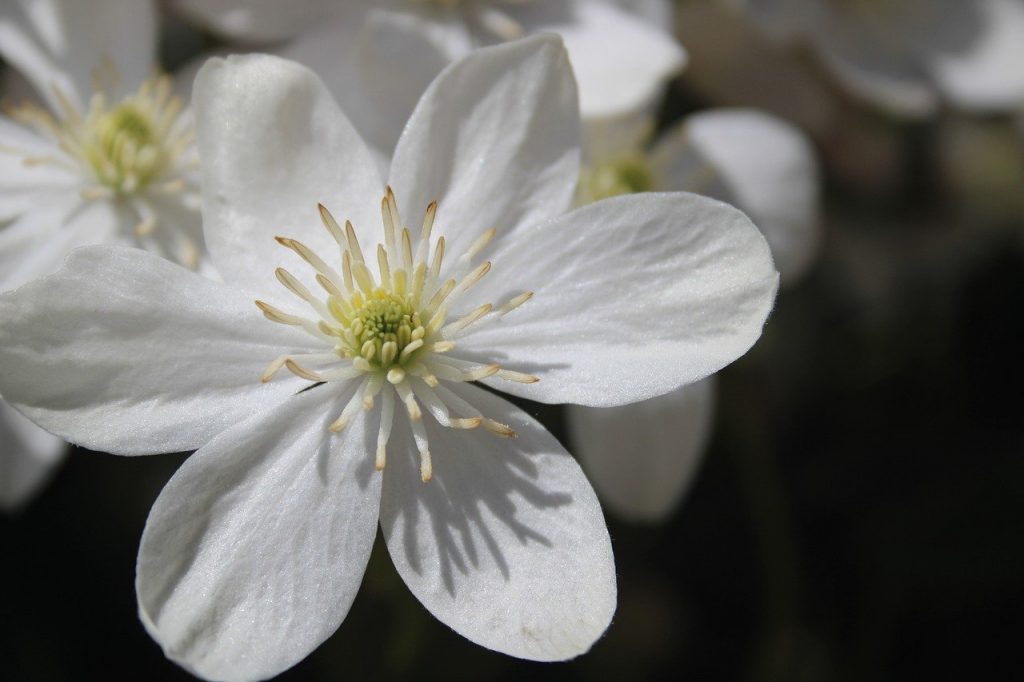
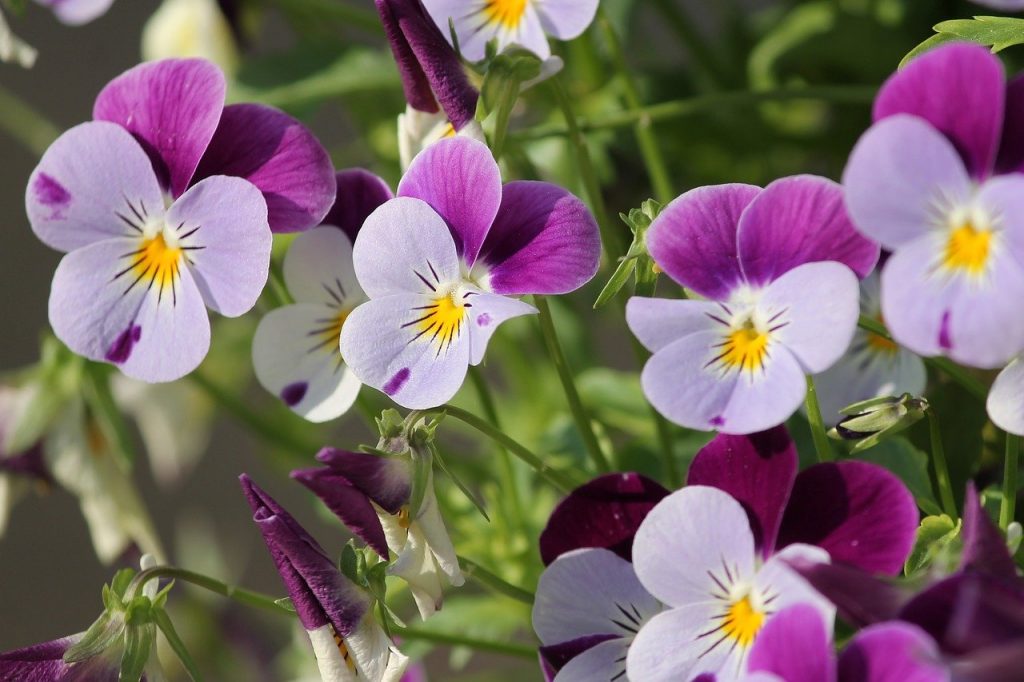
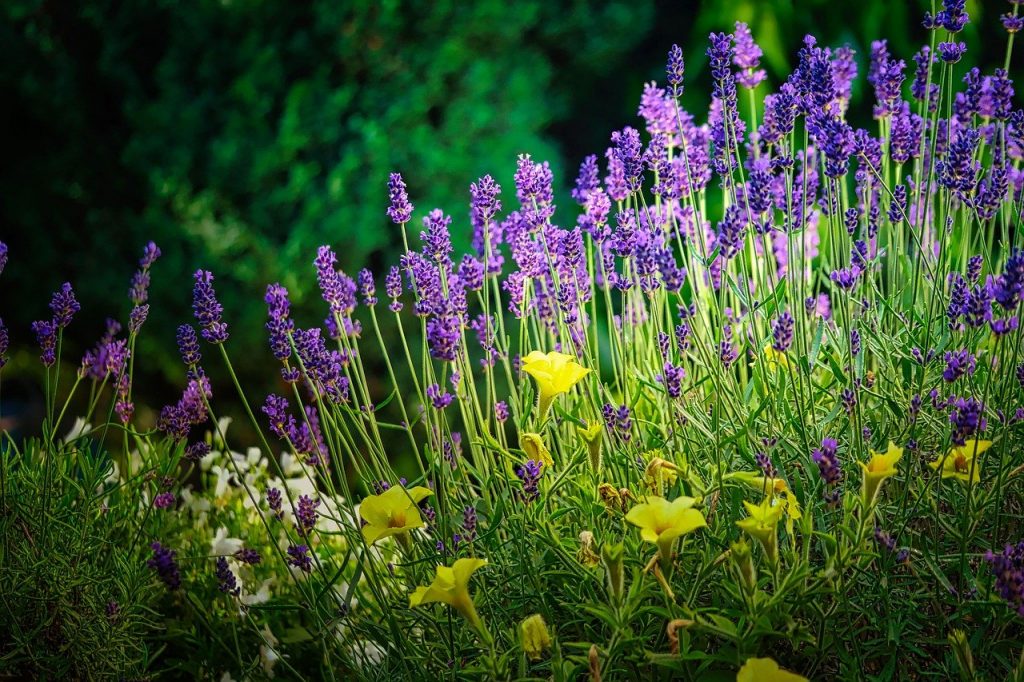
A Cottage garden wouldn't be complete without trees for much-needed height and hedges for boundaries. The difference with a cottage garden is that both these features usually always produce fruit or contain some wildlife benefit, such as berries. Meaning there's an even larger potential to grow your own!
Fruit trees such as Apples, Pears, and Plums are used to add height and privacy. The beauty of fruit trees in a cottage garden is they are available in a multitude of rootstock sizes meaning even the smallest garden can accommodate them. Fruit trees bare gorgeous blossoms in early spring and are a valuable source of early pollen for bees, making them a great all-rounder in a garden.
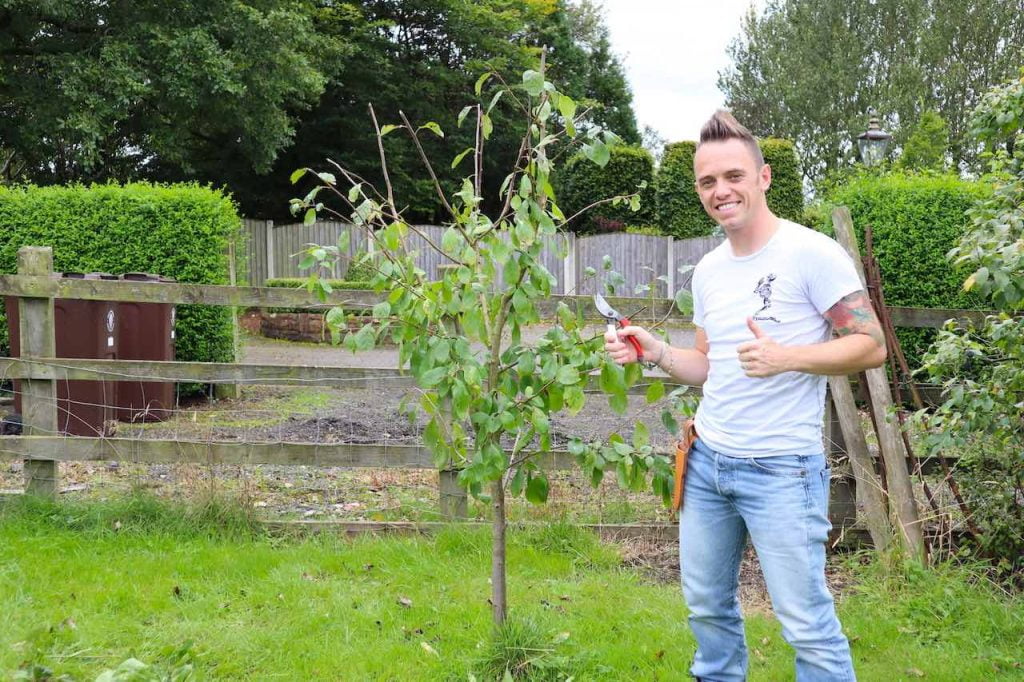
Hedges such as Hawthorn, Fuchsia, or Blackthorn (sloes) are used to provide both fruit and a habitat for wildlife. Nearly all cottage garden hedges will flower in spring before producing fruit. These hedges are more informal than their closely clipped box or privet counterparts. Remember that the cottage garden style is very much relaxed.
Given the amount of maintenance that comes with a cottage gardener, they really are the reserve of the enthusiastic gardener. People who have a good few hours each week to spend tending and cropping their gardens. If you're pushed for time then a cottage garden will soon run away with itself, causing more drama than fun.
If you don't have the time to tie up, deadhead, weed, and feed your garden each week from April to October then a lower maintenance option is probably best. A sharp pair of secateurs like these will be vital for maintaining a cottage garden.
For those who have the time and enthusiasm for gardening, a cottage garden certainly is a quick way to become a proficient gardener. If you're willing to get stuck in and learn from mistakes. Given there is so much going on in a cottage garden, it's a baptism of fire that will, perseverance allowing, allow you to level up your gardening skills in just a few years.
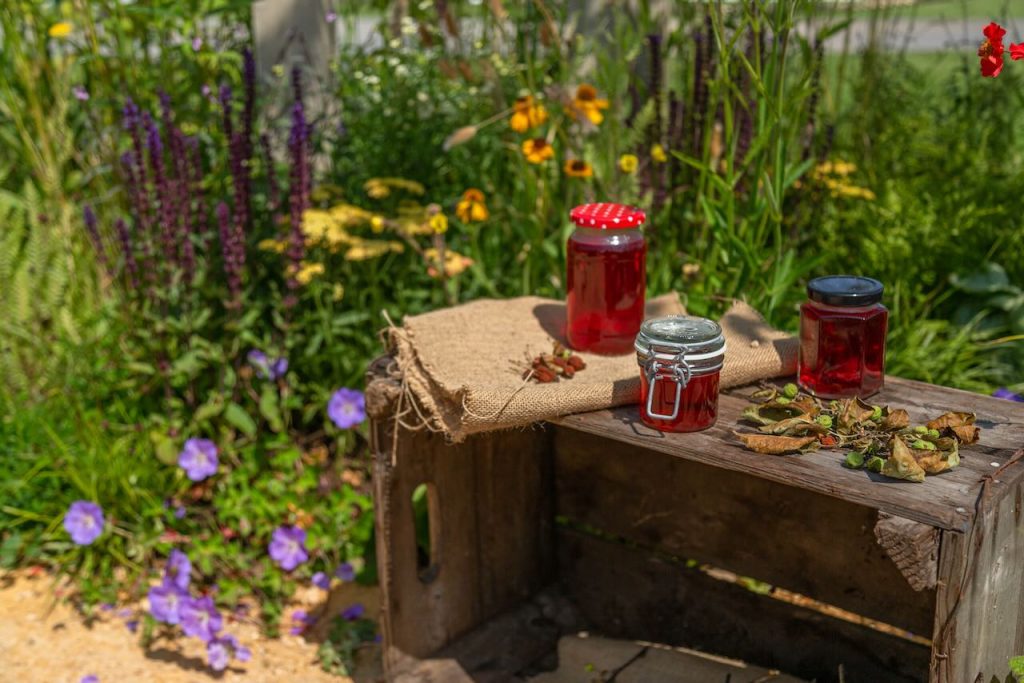
If you get easily frustrated or dissuaded if your growing efforts don't produce results, then another garden design style is probably best. Cottage gardens do make excellent communal gardens where there are many eager gardeners. This is because the work is never done, and there's enough tweaking and maintenance to go around!
A cottage garden depending on size, can take anywhere from a couple of hours a week to a full day to maintain in peak season.
If this is too much effort, then why not consider a modern cottage garden border rather than the full garden? This means you can isolate the cottage garden feel to one border that suits your skill and time allowances.
If you want a high-impact garden, then a cottage design style may be for you. By mixing fruit, veg, and ornamental plants you really are making the most of any small urban garden space. Bear in mind though, that all these rich flowers and edibles come at a cost in terms of high maintenance requirements.
If you have the time though, this style is a must for any enthusiastic gardener who wants to get more hands-on with their garden!
I’d love to hear back from you on your grow-your-own journey! How have your seedlings been getting on? Why not get in touch on Social media? You can Tweet, Facebook or Instagram me. You can also check out the other guides and vlogs on my Youtube channel.


You must be logged in to post a comment.

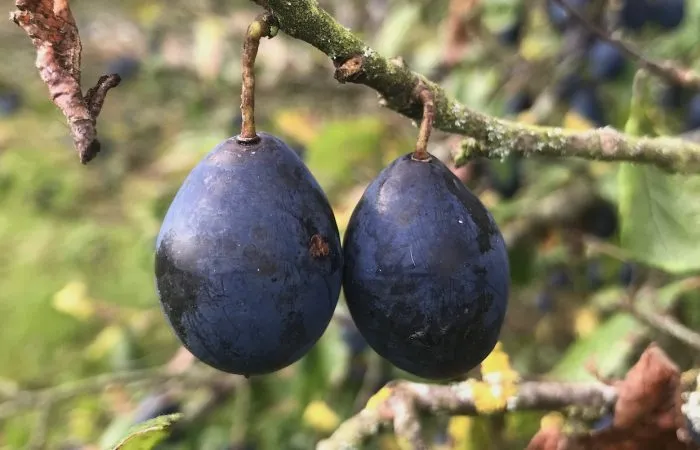

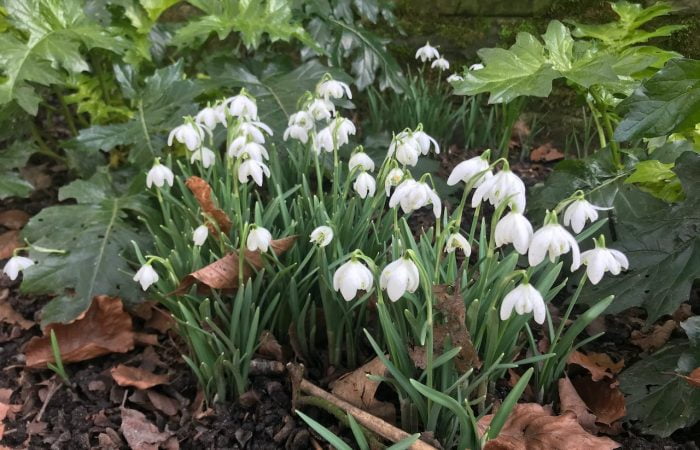
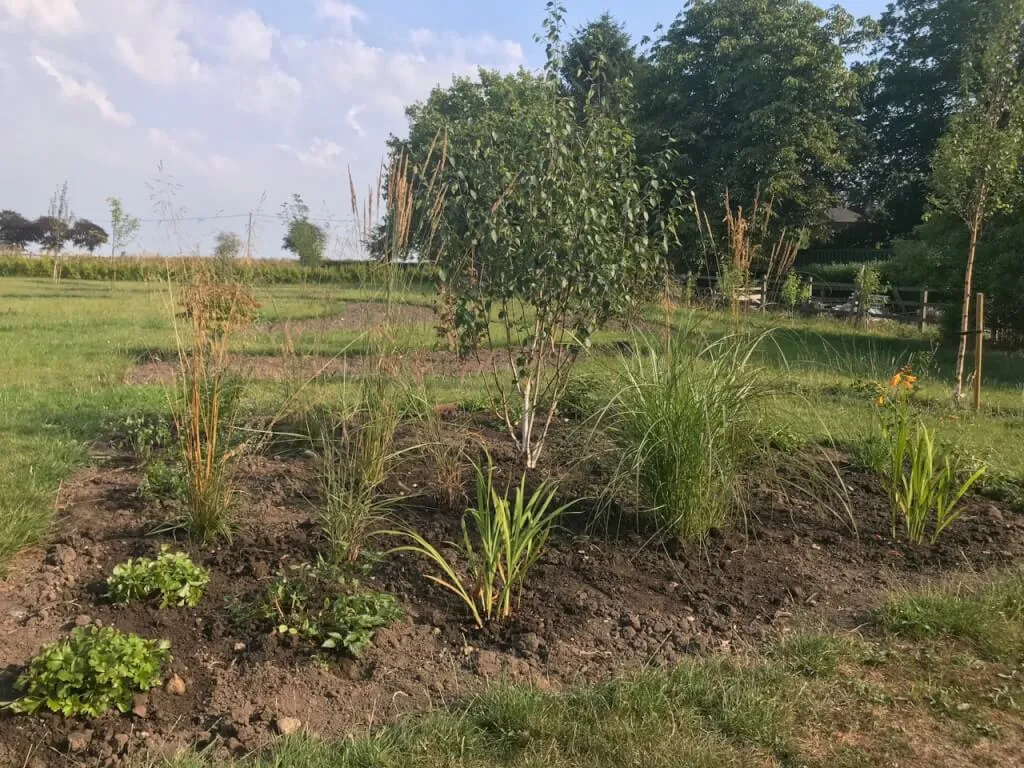
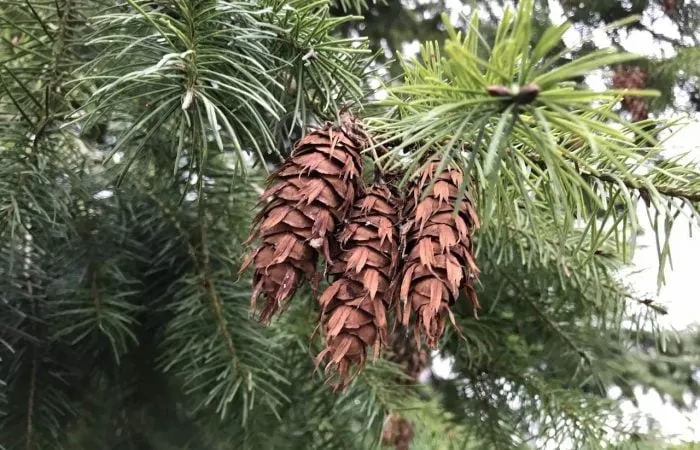
JOIN THE NINJAS

Be the first in line for new Guides, Discount codes and Offers
we require a cottage garden full of colour and relax all on tight budget great blog